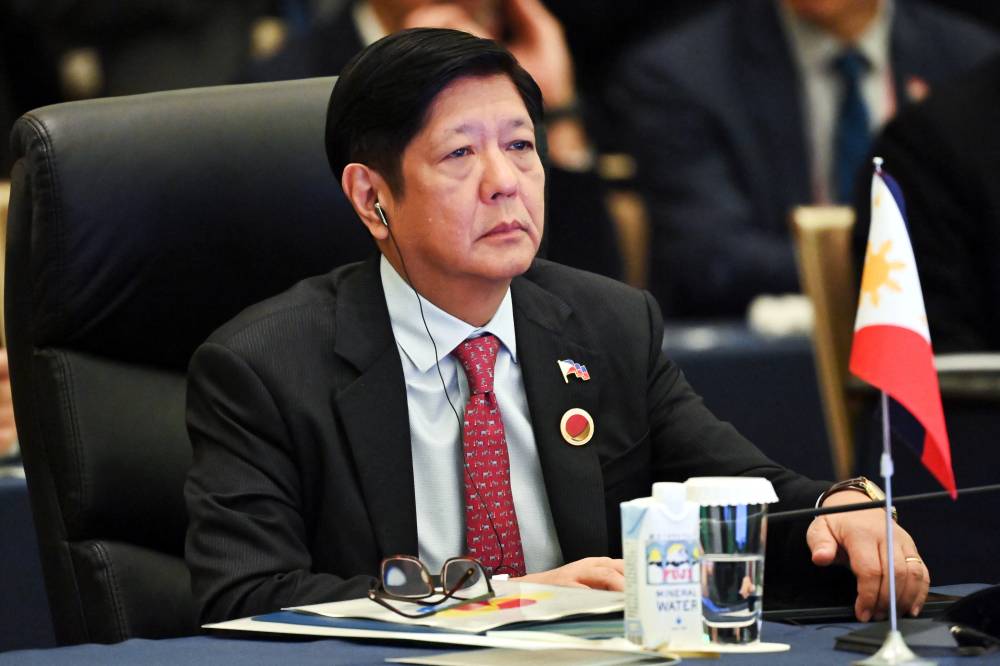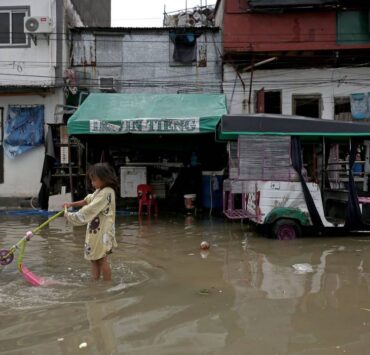Leadership transitions and Asean’s future

As 2024 unfolds, leadership changes are sweeping across the globe, with approximately more than two billion voters in 50 countries expected to cast their ballots this year. These transitions hold the potential to reshape political landscapes and bring new opportunities worldwide.
Asean has not been immune to these changes. Over the past two years, several member states have witnessed significant political developments. Anwar Ibrahim became Malaysia’s 10th prime minister. The Philippines saw Ferdinand Marcos Jr. return to Malacañan Palace in the country’s 17th presidential election. On May 15, Singapore’s Lawrence Wong was signed in as their fourth prime minister, and Indonesia will see Prabowo Subianto assume the presidency officially in October.
In 2023, Cambodia’s Prime Minister Hun Sen transferred power to his son, Hun Manet. Recently, Vietnam’s President Vo Van Thuong resigned due to corruption scandals, and To Lam, the former security chief, has taken his place. In Thailand, Prime Minister Srettha Thavisin lasted barely a year as prime minister, and newly minted Paetongtarn Shinawatra has now been entrusted to run the country.
These political shifts should bring new hope and opportunities for Asean citizens. However, whether they will lead to significant progress still remains uncertain.
Impact on Asean dynamics. Leadership transitions can significantly alter the dynamics within Asean and among its member states. A study by the Institute of Strategic and International Studies Malaysia highlighted that Ibrahim’s election as prime minister invigorated Asean’s regional relations.
His proactive diplomacy emphasized closer ties within Asean and beyond, showcasing Malaysia’s commitment to regional cooperation and stability. His efforts to address pressing issues, such as the Myanmar crisis, demonstrate the impact of leadership changes on bilateral and regional dynamics.
Indonesia’s Prabowo, with a controversial background and a questioned human rights record from his time under Suharto, has pledged an “Indonesia First” policy. This aims to protect the interests of the country’s 280 million citizens from foreign influence and will be closely monitored.
Singapore’s new prime minister has introduced a new leadership style and a People Action Party brand refresh, but a softer stance at home may not align with the country’s foreign policy in a region often described as a harsh neighborhood.
President Marcos’ position in relation to China at the recent Shangri-La Dialogue in Singapore signaled an end to the dalliance with the superpower while exerting that the stability of Asean will require both China and the United States to manage their rivalry in a responsible manner.
Challenges ahead. The recent leadership changes within Asean present opportunities to address current trading barriers and advance regional economic integration through concerted efforts in policy coordination, infrastructure development, capacity building, and trade liberalization. These transitions offer a chance to reassess the long-term strategic vision of the trade bloc, allowing new leaders to introduce innovative ideas and reforms to revitalize integration efforts.
However, Asean’s diverse governance structures, ranging from federal constitutional monarchies to single-party socialist republics, highlight the complexity of regional dynamics. Leadership changes can significantly impact the trajectory of integration efforts. New leaders may have distinct perspectives on trade liberalization, market access, and regional collaboration, influencing participation and cooperation within Asean.
The path forward. For Asean to progress, solidarity among its member nations is crucial. At various times, the region has explored the potential of adopting a single common currency, similar to the euro in the European Union. Revisiting this idea could promote economic integration, reduce transaction costs, and enhance price stability.
However, achieving this would require substantial political will and economic alignment among member states.
Beyond the regular Asean meetings and the biennial Southeast Asian Games, there needs to be a stronger emphasis on deeper integration as a bloc. This could include initiatives such as harmonizing regulatory frameworks, improving infrastructure connectivity, and enhancing digital integration to facilitate smoother business operations and cross-border trade.
New leadership in the region can also work toward creating a borderless Asean, or at the very least, removing passport control measures to facilitate ease of travel. This would help to move talent within the region, reduce inequality, and provide greater access to opportunities.
By focusing on these areas, Asean can build a more cohesive and resilient community, better equipped to navigate the challenges and opportunities of the future. Compromise and the commitment to camaraderie will be key to success.
—————-
Vijay Eswaran is the cofounder and executive chair of the QI Group of Companies.

















